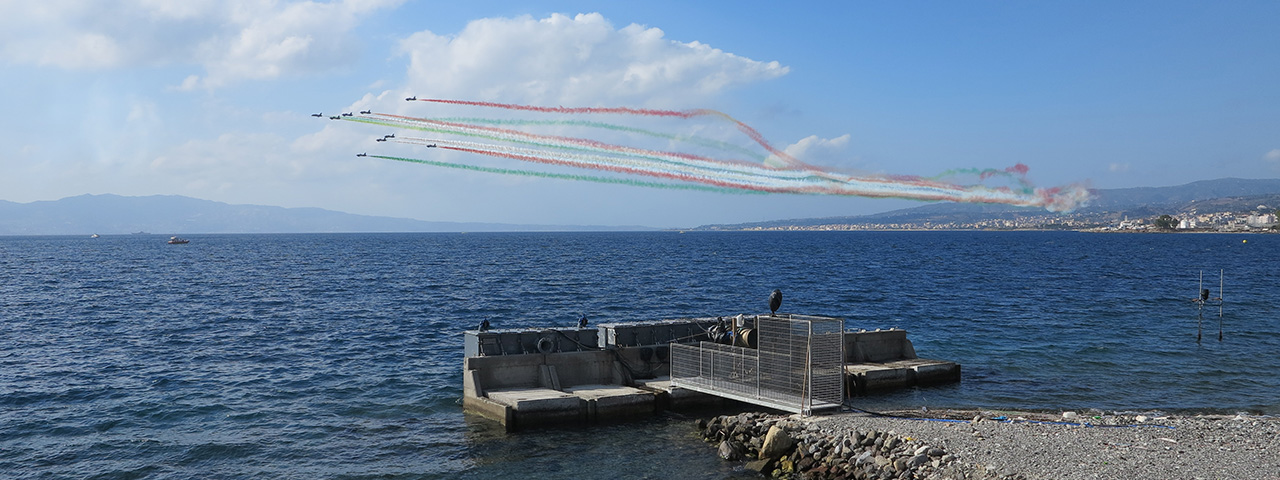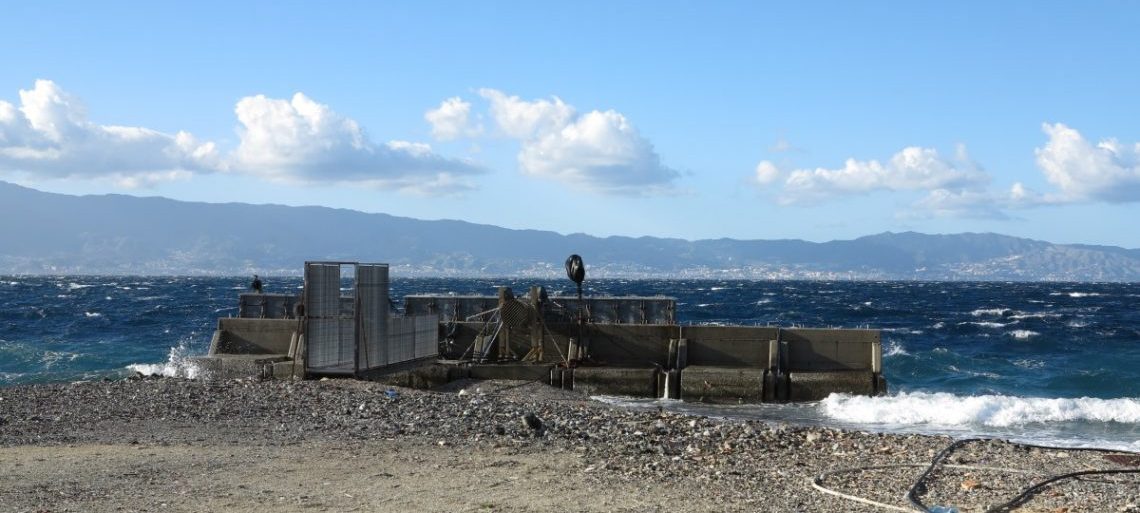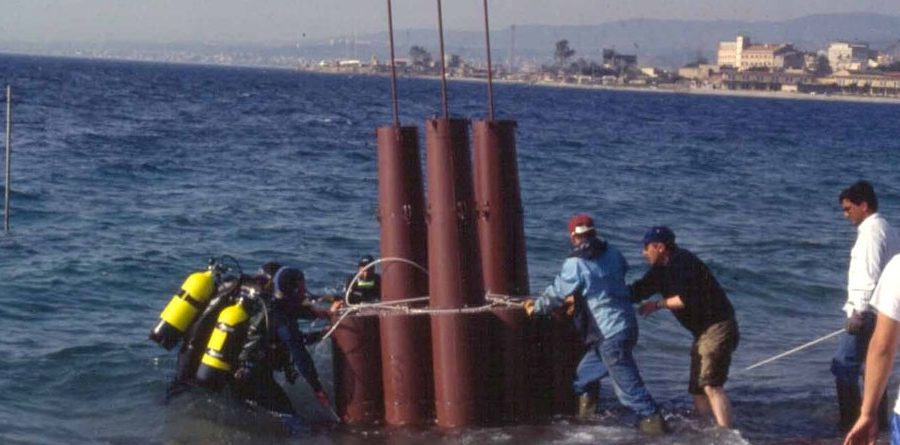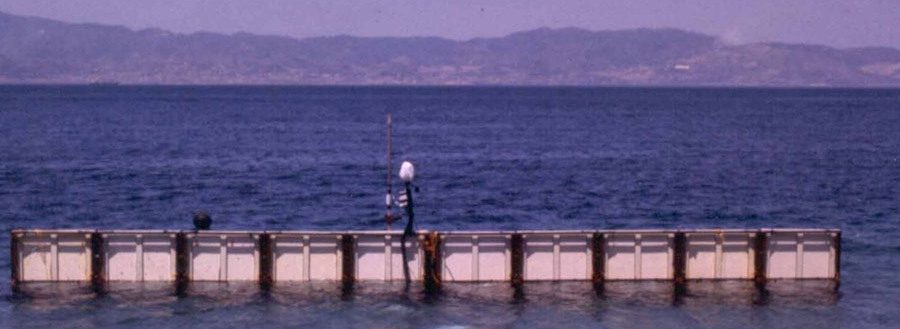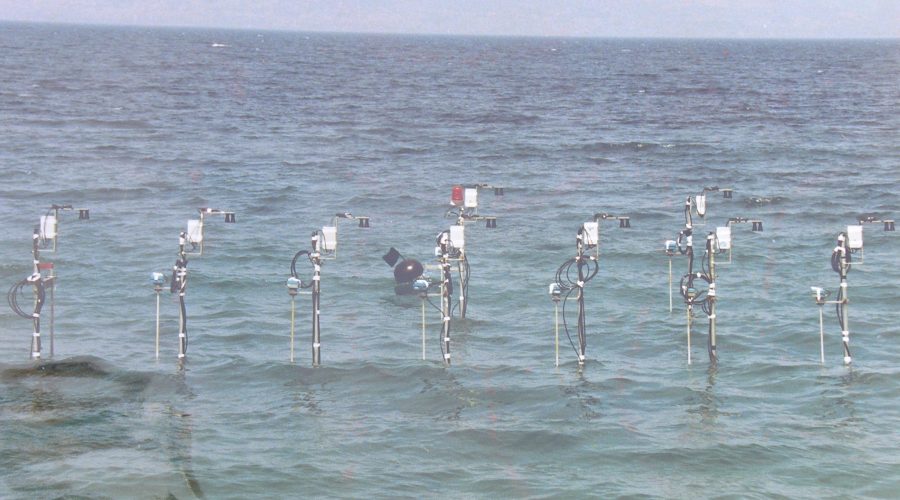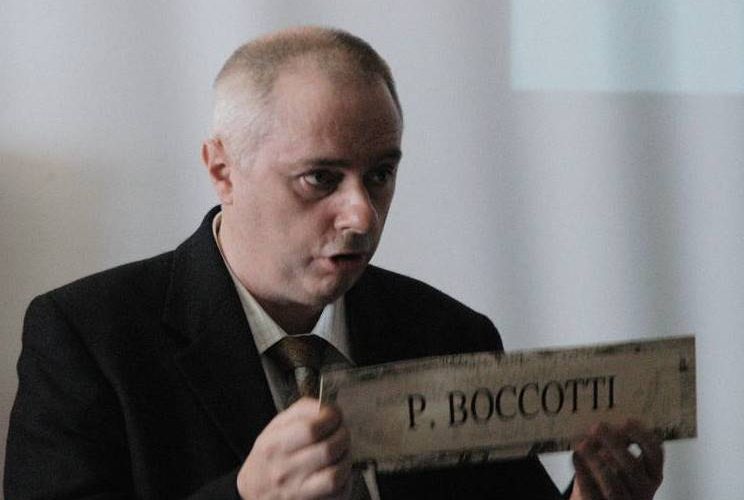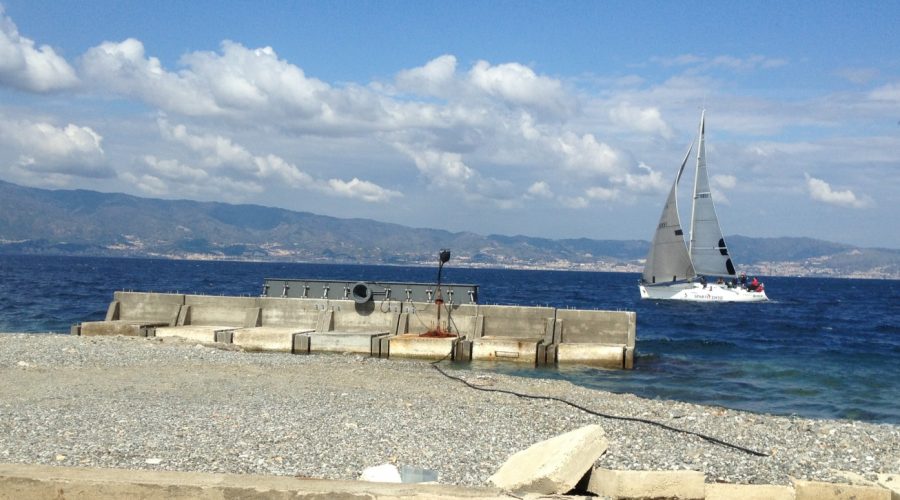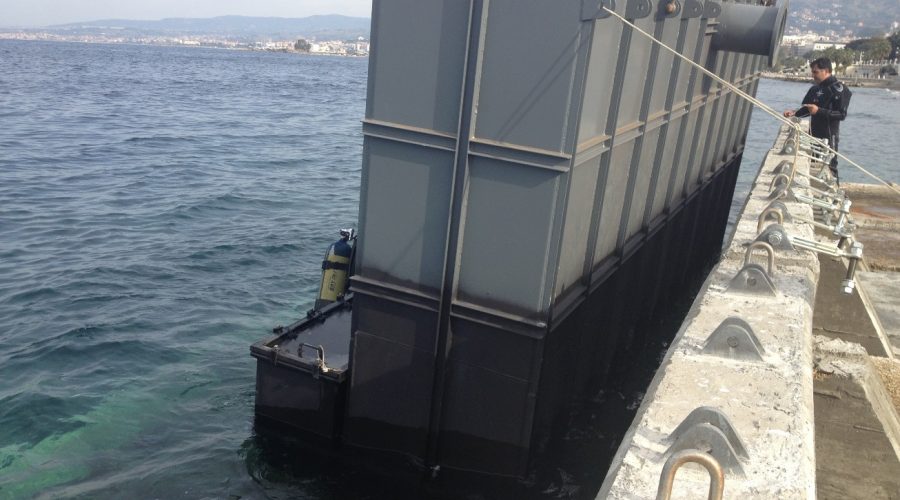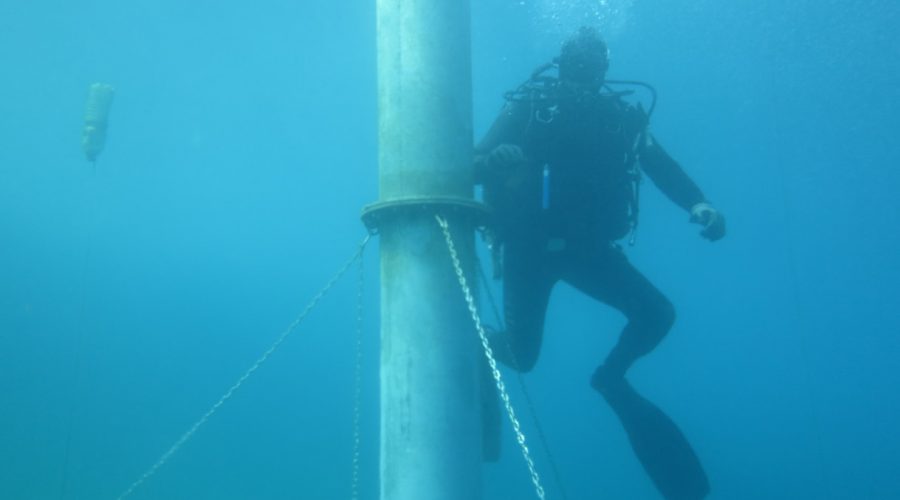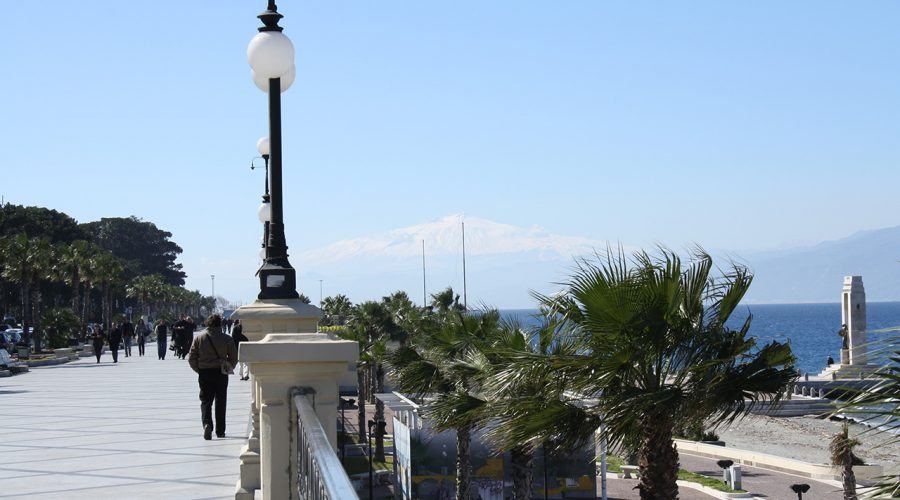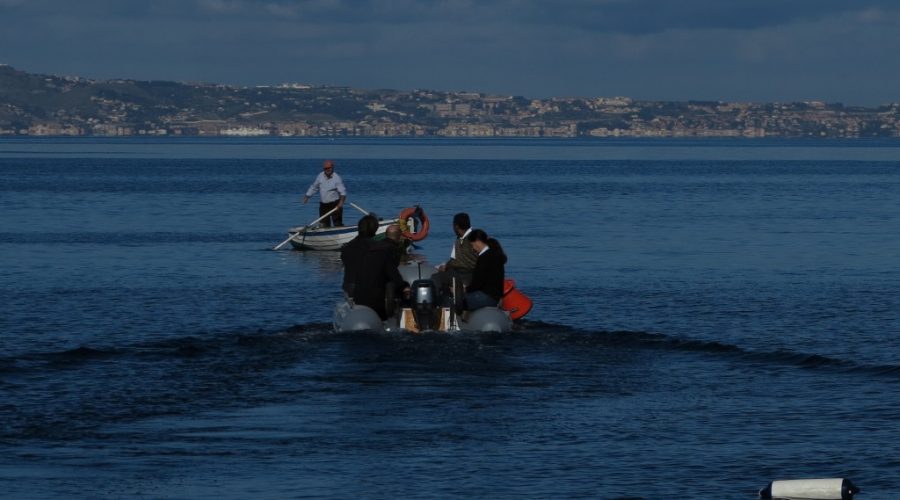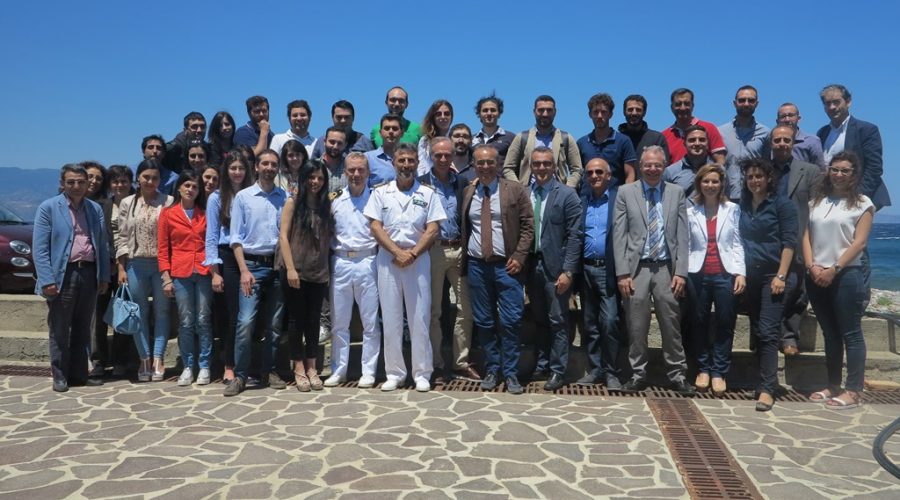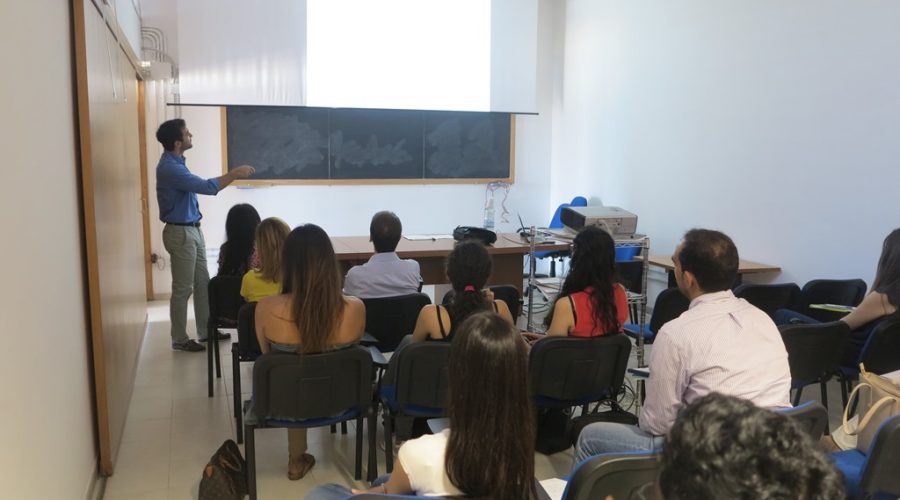The first ocean engineering laboratory working in the field rather than in wave tanks equipped with wavemakers based on the successful experience of some pioniering small-scale-field- experiments made by prof. Paolo Boccotti off the beach of Reggio Calabria (Italy), since 1989.
The Natural Ocean Engineering Laboratory N.O.E.L.
The Natural Ocean Engineering Laboratory, of the Mediterranea University (UNIRC), has an excellent expertise in ocean/marine engineering, focusing on wave modeling related aspects and wave energy harvesting.
The research group of ocean engineering and marine energy of the NOEL is formed by one Full Professor, one Associate Professor and two Assistant Professors on Ocean engineering, supported by the collaboration of two Post-Doc Fellows, some Ph.D. students and undergraduates. The mission of this group is to utilize the knowledge acquired in the field of marine and civil engineering to develop novel methodologies in the analysis of the wave phenomena and of the wave climate. The group is also involved in the analysis of coastal structures for protection purposes (for instance caisson breakwaters) and in the development of novel coastal structures hosting devices for wave energy harvesting (the REWEC device). The group has gained expertise in the fields of wave mechanics, short-term statistics, long-term statistics, coastal processes and reliability of marine structures. Further, in the last decades the group has performed small-scale field experiments in a natural basin, where sea waves are not generated by artificial wave tanks. Thus, the researchers have gained unique experimental skills necessary for dealing with experiments in a natural environment.
Certification
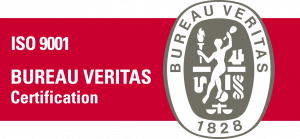
Natural Ocean Engineering Laboratory NOEL has been ISO 9001:2015 Certified by Bureau Veritas Certification on January 16, 2018.
ISO 9001:2015 is an international standard related to quality management, and provides a framework to respond to changing quality requirements in balance with society, economics and environment.
The ISO 9001:2015 of the NOEL, Certified by Bureau Veritas, is very important for the improvement of the Quality, for the activities of coastal and offshore monitoring and engineering.
Peculiarity of the NOEL
The Natural Ocean Engineering Laboratory (NOEL) of the Mediterranea University of Reggio Calabria, Italy, is the first ocean engineering laboratory working in the field. A peculiarity of the lab is that a local wind from NNW often generates sea states consisting of pure wind waves that represent a small scale model, in Froude similarity, of ocean storms.
Significant wave height ranges between 0.20 m and 0.80 m, with peak periods between 2.0 s and 3.6 s. This local wind is very stable and sometimes stays steady from morning to evening. The tidal amplitude is very small (typically within 0.10m). The physical structure was built after the successful experience of some initial small-scale field experiments directed by Professor Paolo Boccotti since 1989.
Starting from 2009 the Mediterranea University of Reggio Calabria has the direct management of the laboratory, and Professor Felice Arena was designated as Director of the Lab, and Professor Paolo Boccotti as Scientific Supervisor (they are both full professor of Ocean Engineering). Activities are run with the support of the PhD students of the ocean engineering program, as well as graduate students, which participate to the experiments. In the lab academic activities, as lectures for under graduate students, are also held.
Lab history
On 1989 Professor Paolo Boccotti conceived and directed the first experiment aimed to verify the possibility to work in the sea as in a big wave tank.
In 1990 a small scale field experiment was carried out off the beach of Reggio Calabria to verify the theory of quasi-determinism by Boccotti, that defines the mechanics of three-dimensional wave groups.
The results of the experiment gave a full confirmation of the theory (Boccotti et al. 1993) and showed that the sea off the Reggio Calabria promenade is a natural lab for “small scale field experiments” (Phillips et al. 1993).
Here a local wind blowing from Messina toward Reggio Calabria generates for many days in a year wind waves with spectra very close to the JONSWAP.
After three more experiments, supervised by professor Paolo Boccotti (1991, 1992, 1993 and 1994; see the more detailed description), the Mediterranea University of Reggio Calabria decided to build a laboratory in the promenade of the Reggio Calabria city.
The municipality of Reggio Calabria has welcomed the laboratory in a big project for the city seaside. This includes an open theatre and a new promenade with a splendid sight of the Straits of Messina and Sicily.
The new laboratory has its own beach, and its own water sheet within 50m from the shoreline. It includes a conference room, a room with the electronic station and a P.C. network, offices and a small workshop.
The small scale field experiments are performed in the water sheet off the beach. The instruments are connected by cables to the electronic station. The persons who attend the symposia can get a real time view of the experiments.
Between 2005 and February 2009, the laboratory was managed by a consortium called OKEANOS, this consortium included: the Mediterranean University at Reggio Calabria, the Chamber of Commerce, the Association for Industrial Development, and the Provence of Reggio Calabria, the Municipality of Reggio Calabria. During this stage the main activity was the experiment of April 2005 on U-OWC devices to produce electrical power from sea waves.

